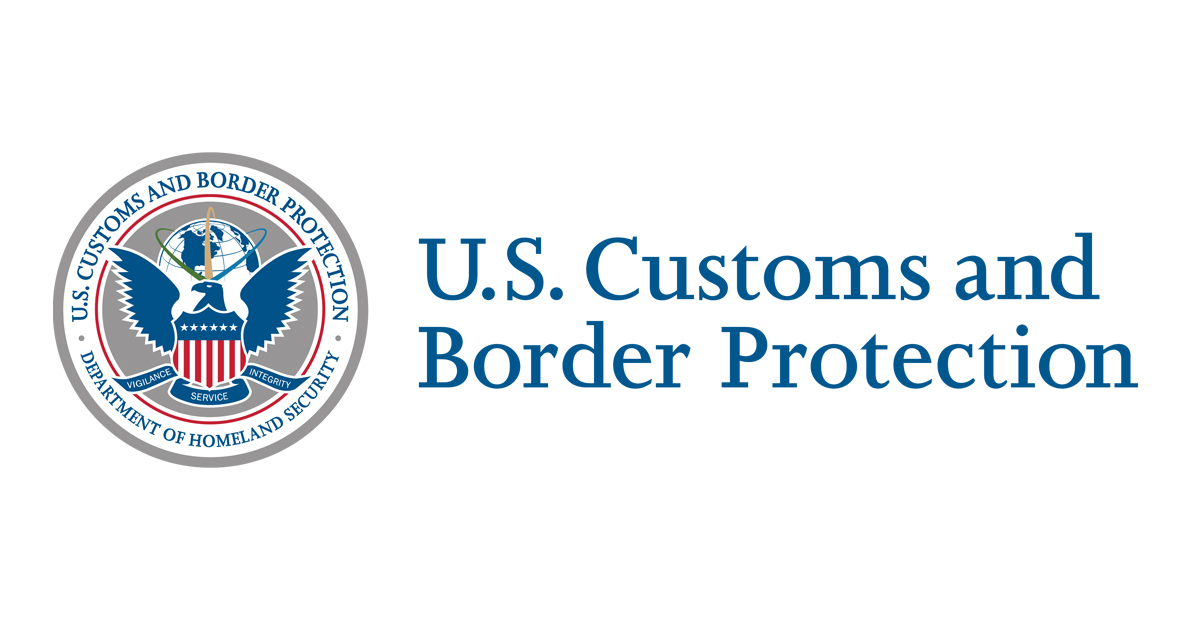The following is an edited transcript of my video, Customs and Border Patrol Registration for Your Trademark.
Customs and Border Protection is in the news a lot these days with all sorts of immigration and other issues, but one thing that doesn’t often get a lot of attention is the seizures of counterfeits and trademark violations that CBP makes. And a lot of brand owners don’t realize that it’s not very difficult and not very expensive to register and protect their trademark with US Customs and Border Protection. I.

Registration with Customs and Border Protection means that Customs and Border Protection Agents, when they are inspecting cargo coming into the United States at the ports of entry – big shipping containers, other things like that – they are looking for violations of trademarks that are registered in their database. And this database is much smaller than the US Patent and Trademark Office database because many brand owners do not know to take advantage of it.
Now you only need to think about taking advantage of this if you really deal in tangible goods, say for example, you’re a sunglasses manufacturer, right? Or apparel, those types of products, because they could be physically shipped into the US by an infringing company, are the type of things that you might consider registering at Customs and Border Protection . If you are a consultant or a restaurant, or you provide software as a service online or downloadable software, those types of things are never going to be inspected by a customs agent because they’re services and not tangible goods. And so as far as I’m aware, there’s no need, there’s no benefit in registering those items with Customs. But if you do make goods and even if your goods are entirely made in the US and you don’t import things or export things through customs, you could register them with US Customs and Border Protection .
Now, in order to create such a registration with CBP, you have to have a trademark registration first. This is another benefit of a trademark registration beyond the many that we’ve talked about extensively. Another one is if you’re in the products business that you can, upon receiving registration, now go ahead and register with CBP. And the costs are not terribly large. It’s I believe currently $190 to register with CBP and that lasts for 10 years, I believe, it can be renewed just like trademark registration can be renewed. So it’s really a great value and another tool in your brand protection tool kit. The form to do so with Customs and Border Protection is relatively easy. You can of course use counsel if you want, it may not be required. You can find more information about this on both the USPTO’s website and the Customs and Border Protection website. And I would strongly recommend that you look into it if your type of products are the type that might benefit from this.
One final thing I’ll add about this is that large companies, the type who have products where you might actually hear about busts at the border in the news, they actually take it one step further, and they not only register with Customs and Border Patrol, but they then help train Customs and Border Patrol Agents what to look for so that they kind of have investigators on the ground who know what the latest in counterfeiting and infringing are, and they provide Customs and Border Patrol with essentially a roadmap to help identify what might be legitimate and what might be counterfeit.
There really is no reason that medium and smaller brands can’t benefit from this as well. There is obviously a cost and a time, but it might be something to also consider learning more about, particularly if you’re aware of infringements and counterfeits coming across the border, it is one way to help address them.




